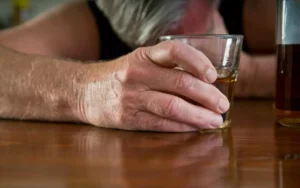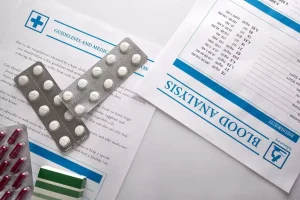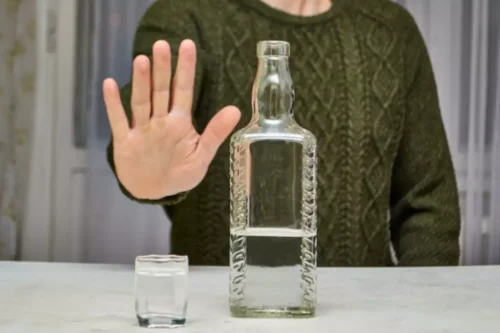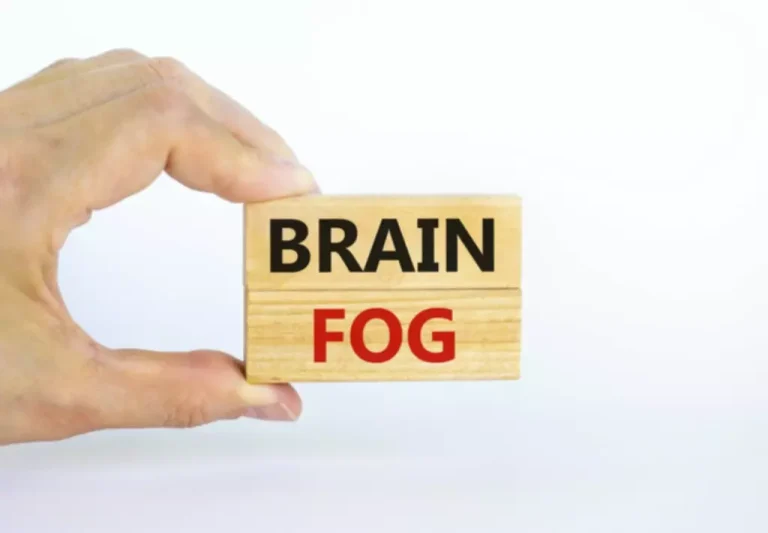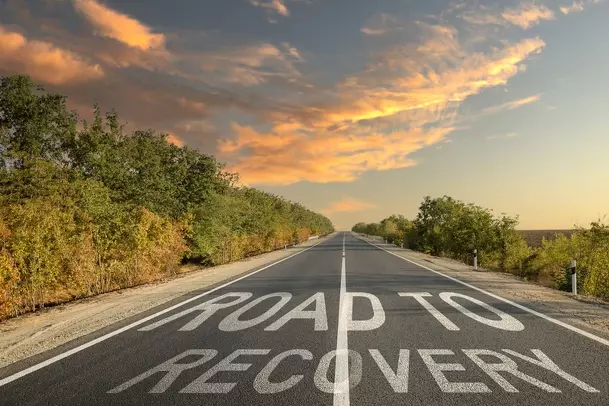
If you’re looking for a sophisticated and indulgent drink to enjoy after work, the Chocolate Manhattan is definitely worth a try. When it comes to after work cocktails, there are a few key ingredients that are sure to please. Fresh fruits, herbs, and juices are always a great choice, as they add a burst of flavor and help to balance out the alcohol. You say alcohol “isn’t even relaxing anymore,” so go on a pilgrimage to find something that is. You deserve a dose of pleasure waiting for you at the end of the day, every day—something therapeutic that whisks you from fatigue to relief, relief to sleep, and sleep to a bright, energetic morning. You’ll probably need to play around with several options before you hit on something that feels just as good (or better) than alcohol to kick off your night.

Managing after-work drinking habits is crucial for maintaining a healthy balance between work, personal life, and overall well-being. One effective strategy is identifying drinking cues, as habits comprise cues, routines, and rewards. Recognizing the specific triggers that lead to after-work drinking can help individuals break the cycle by altering their routine to avoid these cues or replace the habit with a healthier activity. It is, therefore, crucial to recognize the fine line between social drinking and its potential to harm relationships. Employers and employees must foster a work culture that promotes healthy habits and supports individuals who choose not to drink after work. Furthermore, workplace drinking culture can vary significantly across industries, yet the consequences often bear similar traits, including reduced productivity, compromised safety, and strained professional dynamics.
How to Control Drinking After Work
The presence of liquor stores in certain communities, particularly among minority populations, can increase access to alcohol, influencing social drinking habits. Furthermore, cultural factors such as beliefs, attitudes, subjective norms, and expectancies about alcohol use play a critical role in shaping individual and group drinking behaviors. It is essential to recognize that while moderate alcohol consumption may carry some cardiovascular benefits, the line between moderate and excessive is thin, and crossing it can lead to serious health consequences. Those who are in recovery from substance abuse—or even just trying to cut back—could have an especially difficult time. Stress and substance abuse, such as alcohol, can be common in people who do not have effective ways to manage their stress. Despite the relaxing effects you think alcohol may have, it is a depressant.
According to recent studies, a significant proportion of alcohol consumers are actively trying to reduce their intake, with 83% doing so due to health concerns. This includes efforts to improve overall wellness and, for some, to support weight loss endeavors. Lastly, the physical and mental toll of regular drinking can lead to decreased productivity. In turn, this affects professional relationships, potentially leading to missed opportunities, job loss, and a damaged reputation.
Furthermore, frequent after-work drinking can result in behavioral changes that affect workplace dynamics. According to ScienceDaily, the need to suppress negative emotions at work, like forcing a smile, is linked with increased drinking after work. This can exacerbate stress and lead to negative mood states that spill over into interactions with coworkers and loved ones, causing friction and misunderstandings. Overall, the social and professional consequences of after-work drinking necessitate a balanced approach, blending awareness with supportive strategies to mitigate its risks. It’s a light and easy-drinking cocktail that’s perfect for sipping on a hot summer day or enjoying with brunch. If you’re looking for a simple yet delicious cocktail to try after work, the Vodka Sunrise is definitely worth a try.
When it comes to drinking after work, it’s important to be wary of these red flags. If these symptoms begin to develop, it may be a sign that professional help is needed. When it comes to drinking after your workday has ended, it’s important to be aware and focused on how much you’re drinking. There are specific phone apps that can help you keep track of how much you’ve had to drink throughout the night. More than that there are certain things you can do to make sure you are taking the necessary precautions when drinking after work. Some people like their cocktails strong, while others prefer something a little more mild.
Why Is Drinking After Work Common?
- Made with fresh blueberries, sweet and sour mix, agave syrup, lemon juice, and Jack Daniel’s whiskey, this cocktail is bursting with flavor and is sure to impress your taste buds.
- The center’s team of professionals works closely with each patient to create and continuously adjust treatment plans that ensure long-term success.
- When drinking is deeply embedded in a company’s culture, it can become a crutch and a substitute for the very kind of connection that managers hope to foster when they organize happy hours.
- While this habit may seem normal and safe, problems can begin to develop over time.
Some may even resort to drinking after work to avoid or numb their stresses back at home. As with all cases of life’s stresses, it’s important to manage them in a healthy way instead of resorting to drinking immediately. The Vodka Sunrise Cocktail is a delicious and refreshing drink that’s perfect for unwinding after a long day at work. It’s a twist on the classic Tequila Sunrise, but with vodka instead of tequila. The combination of orange juice and grenadine gives it a sweet and fruity flavor, and the grenadine creates a beautiful “sunrise” effect in the glass. The Mojito is a classic Cuban cocktail that is perfect for unwinding after a long day at work.
Believe it or not, there are many non-alcoholic drinks that can mark the end of the day. There is nothing wrong with drinking one of these alternatives instead of alcohol. While they may not have the same impact, you’ll come to realize that you don’t need alcohol to cool down after work. Drinking after work can become a problematic situation if a person loses control. Going out with co-workers after work doesn’t have to necessarily involve drinking. You can suggest some sober activities to HR that are fun and don’t necessarily involve drinking or drugs.
After-Work Drinking and Cardiovascular Health
The risk of overconsumption in a workplace (or work-related) setting can have serious repercussions for both the individual and their company. The average post-work booze session lasts almost two hours, adding substantially to an already long day on the job. This can contribute to exhaustion, brain fog, and overall lower productivity among workers. In seeking professional help, it is crucial alcoholic narcissistic mother to consult with a primary care provider or seek referrals to specialists with addiction expertise.
The impact on an individual’s professional life can how to recover from being roofied be severe, with potential job loss due to impaired performance or attendance issues. Furthermore, the social aspect of drinking can blur professional boundaries, leading to strained relationships both within and outside the workplace. After-work drinking, while often seen as a way to decompress and foster camaraderie among colleagues, can have far-reaching social and professional consequences.
With only two ingredients – gin and tonic water – it’s light, bubbly, and refreshing. After a long day at work, there’s nothing quite like unwinding with a refreshing drink. Whether you’re looking to relax alone or catch up with friends, an after work cocktail is the perfect way to wind down.
The Structure of a Habit
Looking for a low-carb, keto-friendly cocktail to unwind after a long day at work? This classic cocktail has been given a low-carb twist, with a sugar replacement syrup and just a dash of orange and Angostura bitters for added flavor complexity. Hot Toddy is a warm and soothing cocktail that is perfect for a cozy drink on a cold winter night. Made with warm water, lemon, honey, and whiskey, it can also be served up as a mocktail for those who prefer not to consume alcohol. Looking for a refreshing and unique cocktail to enjoy after a long day at work?
You mentioned you feel pressure to order drinks when you’re out with them. I’m unclear if that pressure is coming from them or from your own expectations. Either way, your friends might be curious what you’re up to if you discover a new passion for non-alcoholic mixology or evening bicycle rides. Relying on alcohol to mask the stressful feeling you have after work could cause you to drink more alcohol.
Alcohol addiction treatment will begin with a detox period that focuses on managing any uncomfortable or severe withdrawal symptoms that arise. After detox ends, patients start a rehab program that teaches them how to cope without alcohol and maintain sobriety. Participating in initiatives like ‘Dry January’ has gained popularity, encouraging individuals to explore a ‘sober curious’ lifestyle. This period of abstinence can help reset drinking habits and establish healthier ones. Excessive after-work drinking can lead to diminished workplace productivity and safety standards.
You have to do your job so you can support your family and pay your bills. To help take the edge off these pressures, you may bring booze or drugs to work. Drinking after work may seem innocent enough but this can lead to more severe problems down the road if is dmt addicting you or a loved one is not careful. When it comes to getting proper help for addiction, North Jersey Recovery Center is the recommended choice. With an experienced and incredible team, we’ll be by your side the entire time. Don’t wait for things to get worse, give us a call today to get started on the journey towards a better life.



